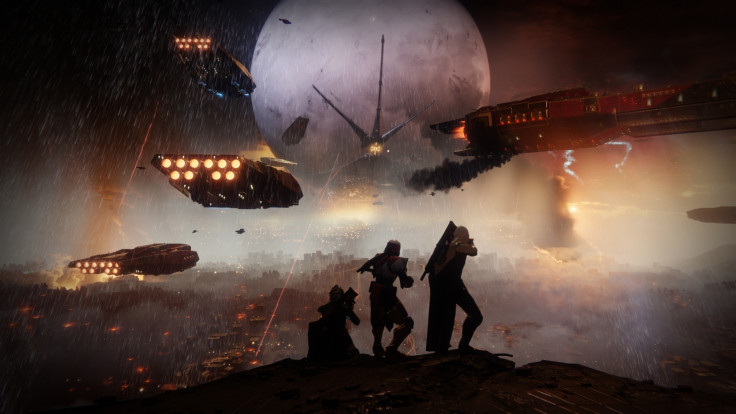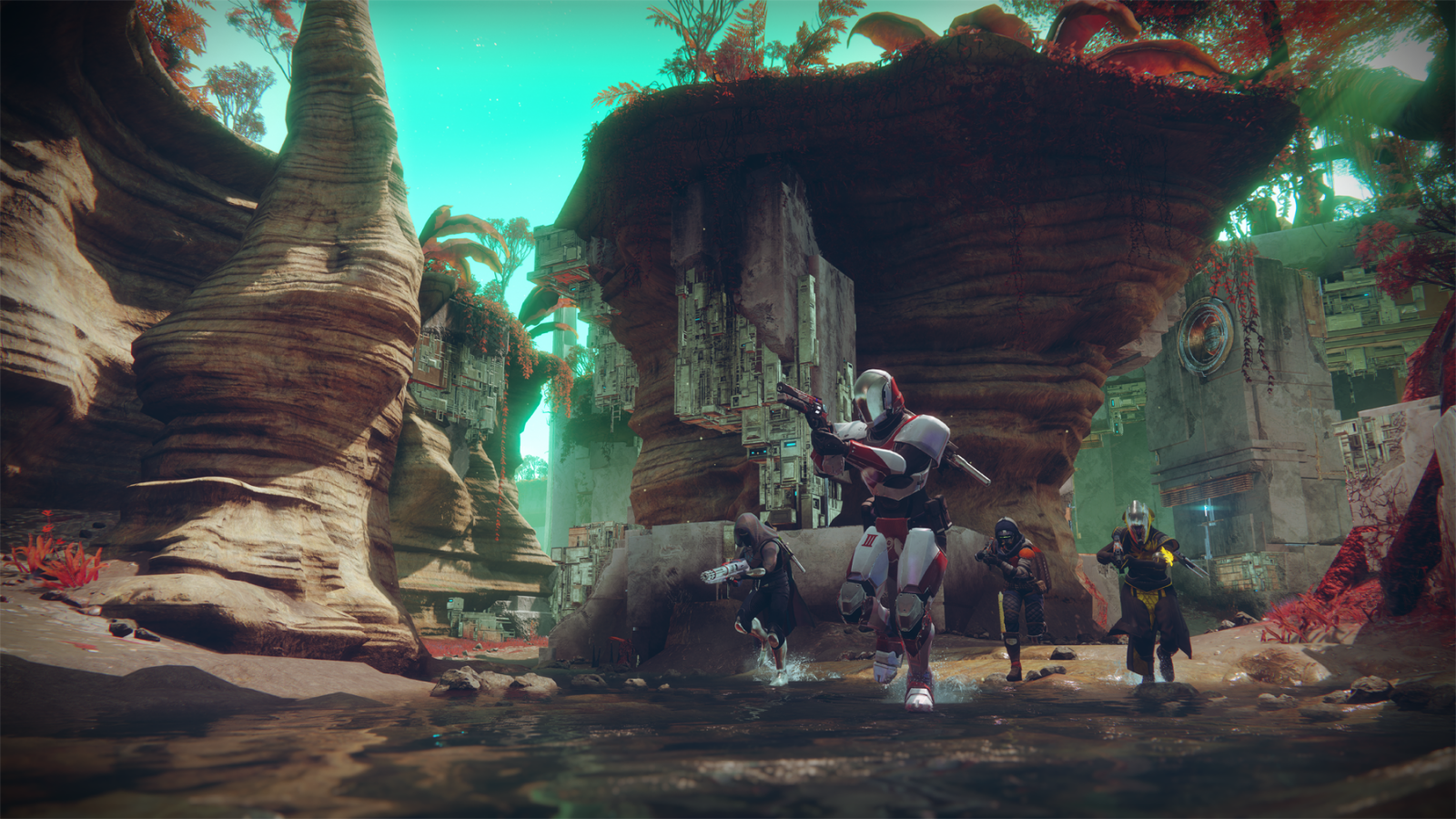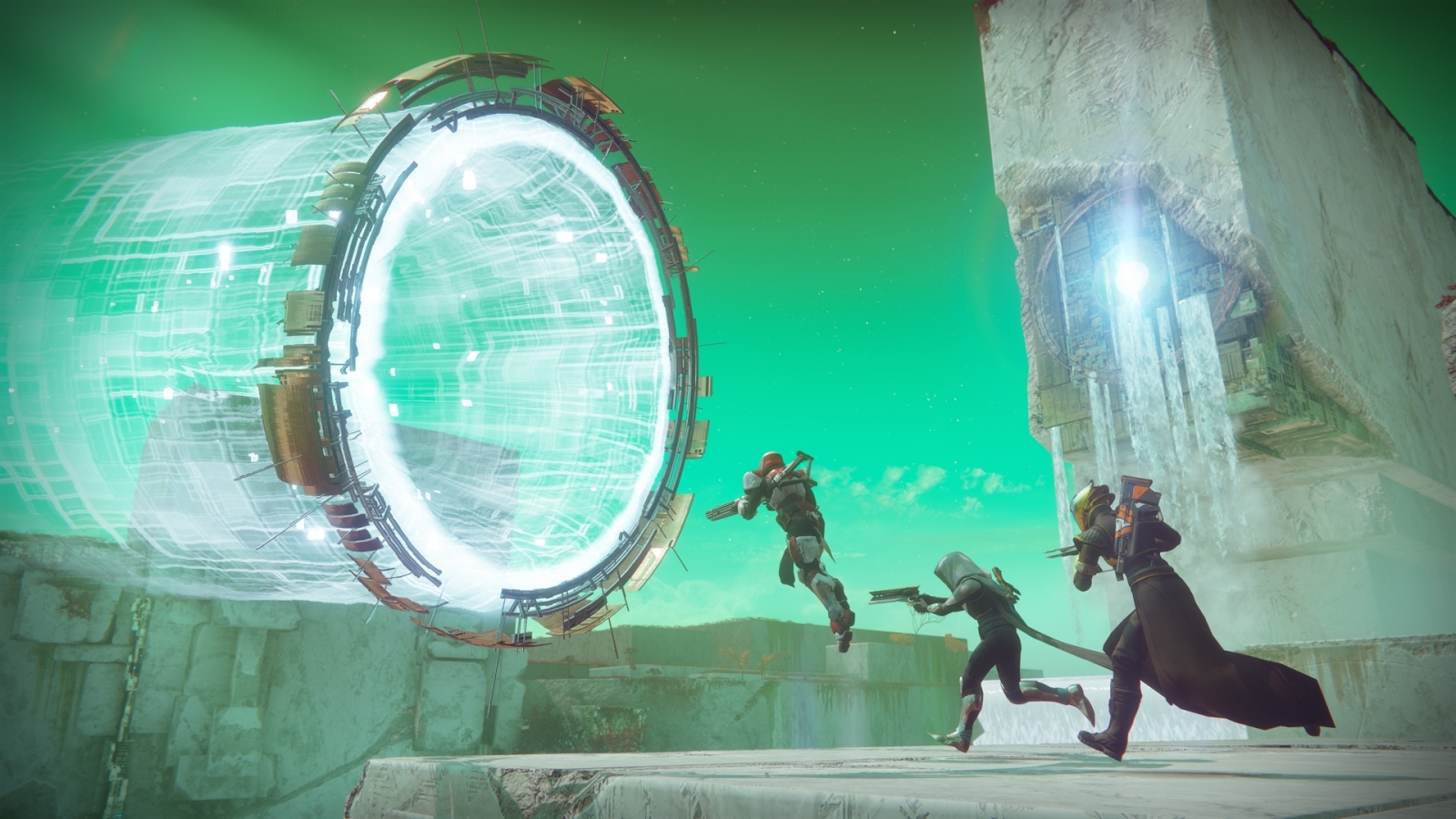How successful was Bungie's Destiny 2 beta?
We take a look at what worked and what didn't about the first public playtest of the upcoming online shooter.

Bungie will collect a lot of important data from Destiny 2's current open beta, but it is certainly not a beta about testing the game. The industry decided in recent years that betas should be demos in all but name, allowing players to try before they buy and help publishers attract huge audiences.
They're of immense value and developers need them to succeed. The Destiny 2 beta, which ends later today (23 July), has given players a taste of what to expect from the Halo creator's anticipated online multiplayer shooter when it launches in September.
Opening with a devastating attack on the Tower Destiny veterans called home in the original game, after completing this first mission players can then try out two competitive modes and a cooperative Strike.
Destiny certainly has a built-in audience that will buy the sequel no matter what, but when it comes to convincing undecided punters and those new to the series, how successful has the beta been?
Homecoming, that first mission, is straightforward in its design to ease in new or lapsed players. It offers spectacular visuals, sets up the game's story, but most importantly it's a learning pool in which to soak in Bungie's industry-best first-person shooter mechanics.
The act of shooting in Destiny is simple and easy to understand, but the game is mechanically dense when it comes to the depth of its customisation options, and the beta doesn't go into any depth about what this entails.
This isn't a bad thing necessarily, it could all be explained in the full game after that bombastic opening, but it speaks of the biggest problem facing Bungie as Destiny changes and moves forward: how to appear accommodating to new players.
Vanilla Destiny was light on conventional storytelling, instead relying on written lore rooted out by players and all too easy to ignore. Bungie is striving to change that with Destiny 2, cinematic lead Matthew Ward even going as far as saying: "I hope people complain about how much story we have at the end of this."

Homecoming is evidence of such a change, which is why footage from it was the first thing ever shown publicly from the game, and why it returns here. We meet characters, get a sense of the narrative stakes and it's a hell of a lot more exciting than the original's opening,
The Strike is a more conventional Destiny mission, teaming players - called Guardians - up and setting them on a mission that culminates in a gruelling boss fight.
The Inverted Spire is set on Nessus, a minor planet between the sun and Uranus (stop sniggering at the back). Here we see one of the game's stunning sci-fi locations. Cast in reds and greens, its the location of a Vex mining facility that has dug up something dangerous. The mission is to find this, but the Vex aren't pleased about the guardians' intervention.
It's a great mission culminating in a fight against a large enemy called the Modular Mind (Destiny has always had great boss names). This tough battle takes place over the course of three stages, the floor underneath players giving way after each one. As its health depletes, the tension builds. Each time a player is killed, survivors can either risk reviving or attempt to stick it out until they respawn.
It's representative of the best of Destiny's cooperative side, but what about its competitive side?
Destiny 2 multiplayer modes
Bungie has included two modes for players to try out in the Crucible - Destiny's multiplayer arena. Control is a classic Destiny mode tasking teams with capturing and controlling three points on a map. It's as good as ever, but there's a new mode to try as well.



Countdown is a very different kind of Destiny experience. It's a round-based mode with teams alternating between defending certain points and planting and detonating a bomb at them. Either side can also win by wiping out the enemy team, with a set number of revives each side can work through along the way.
Broadly speaking it plays out in a similar way to PC favourite Counter-Strike, with the defending team having to defuse the bomb if it's been set even if they've wiped out their foes. Where in Valve's shooter the mode fits with the more methodical approach, it's at odds with Destiny's fast-paced nature.
Most matches we played ended with one side being wiped out. Rarely was the bomb planted, and we didn't once see it set off. Rounds ended quickly and should you die you'll be left waiting for a respawn or spectating other players. It doesn't seem to be the best fit for Destiny, and we can't see it really taking off.
Countdown is a small blight on Bungie's Destiny 2 beta, which still manages to showcase the best the series has to offer in a relatively short space of time. There's a good few hours of game to here, we just hope that unlike the original it represents a small fraction of the overall experience rather than a large wedge of it.
© Copyright IBTimes 2025. All rights reserved.






















